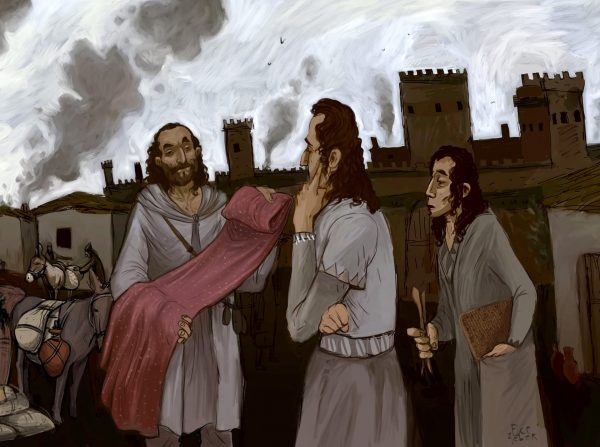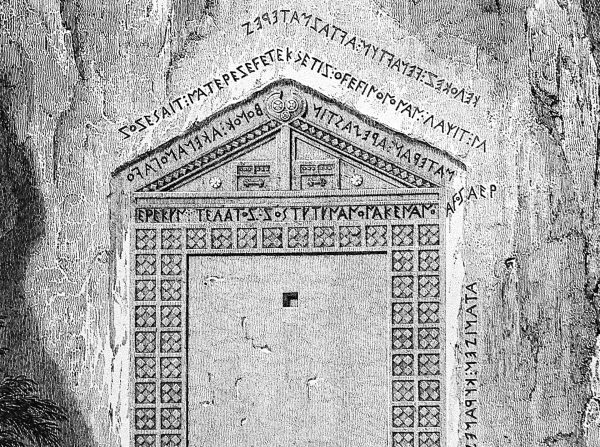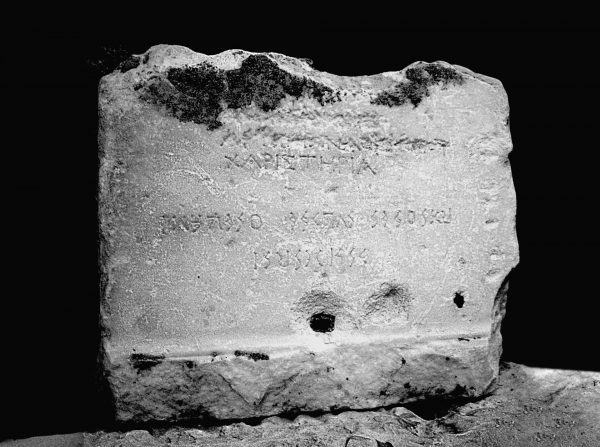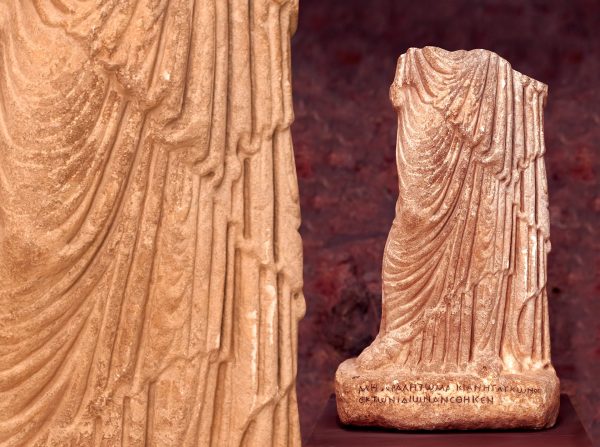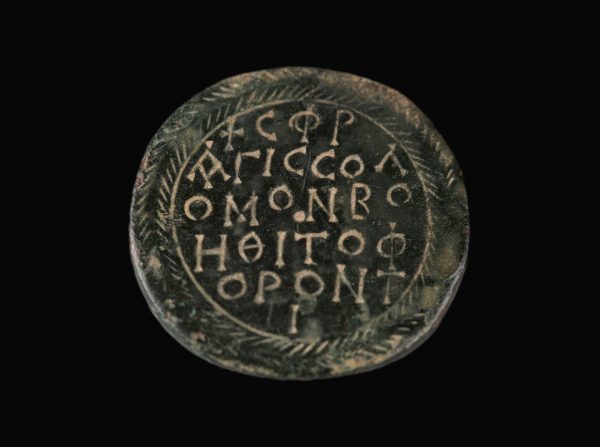During this period, humans were living a kind of life focused on “survival” and “subsistence”. They were forced to live together and communicate in order to make it through another day. They practiced ceremonies, which we call rituals, to protect themselves against external threats, and to ward off evil, begging for rain, see the sun rise, and avoid the attack of wild beasts. These rituals consisted of nonsensical grunts accompanied by body language and the repetition of certain rhythmic movements. Forced to hunt in order to survive, people of the Ice Age depicted the first known visual images on cave walls or the bones they used for hunting, not only as part of their rituals, but to express themselves as well. These images were their way of communicating with nature, which they identified as their creator, and with the other people they lived with. Thus, they were able to leave signs for their ancestors as well.
Nature itself was the most important material first humans had in exercising communication. They experimented with all kind of materials they had within their reach. First, they rubbed wet mud on the ground or walls of caves and drew figures on them with their fingers. Next, they inscribed on the walls with silica and other hard stones they could find. After some time, they succeeded in painting cave images with the natural paints they produced from mineral dusts. Portraying the sanctity of hunting or ceremonial celebrations, these depictions thus comprised the oldest language of communication between ages. They were the first photographs voicing the silence of prehistory; the whispers of cave people carried into the present.


